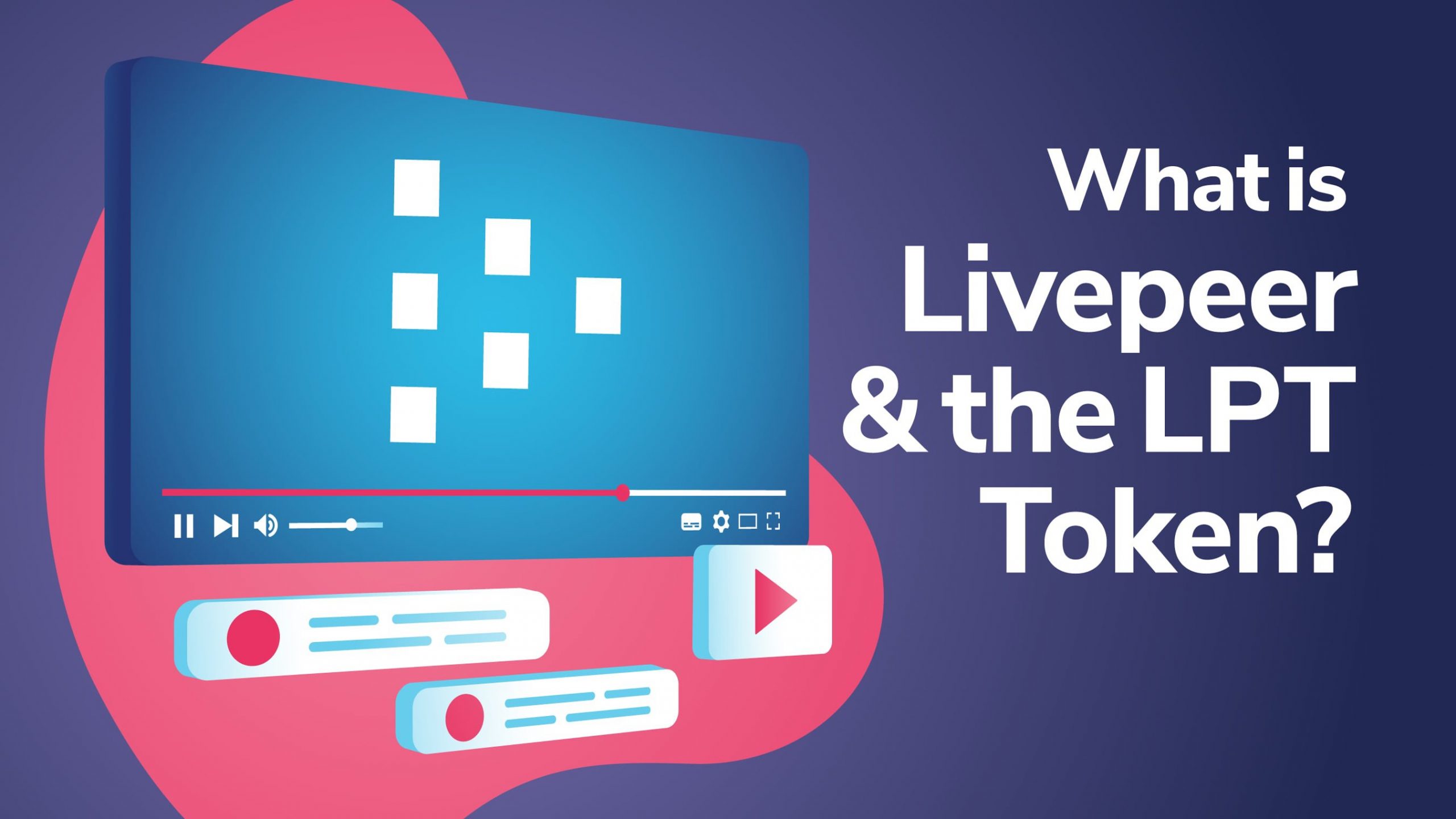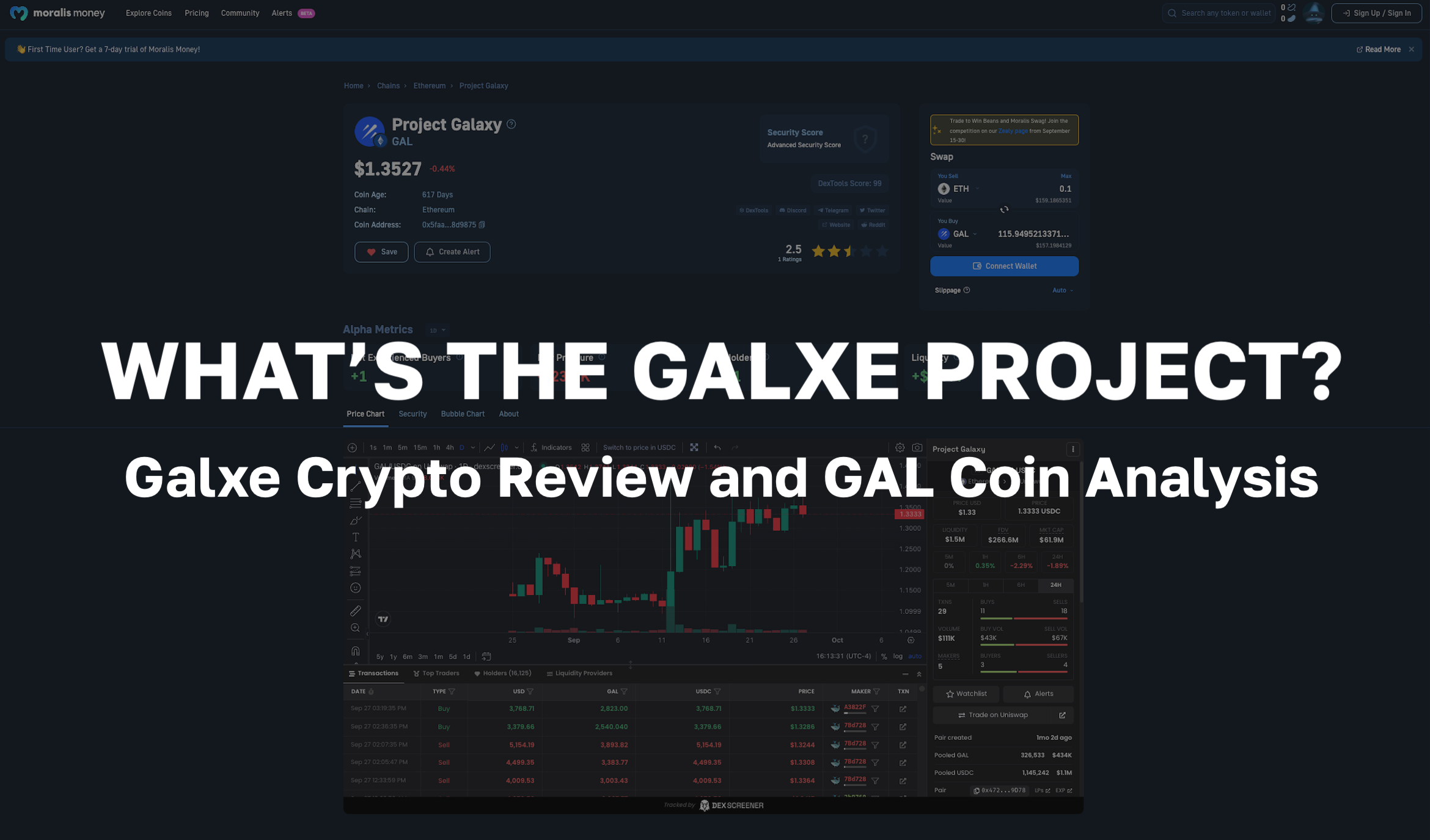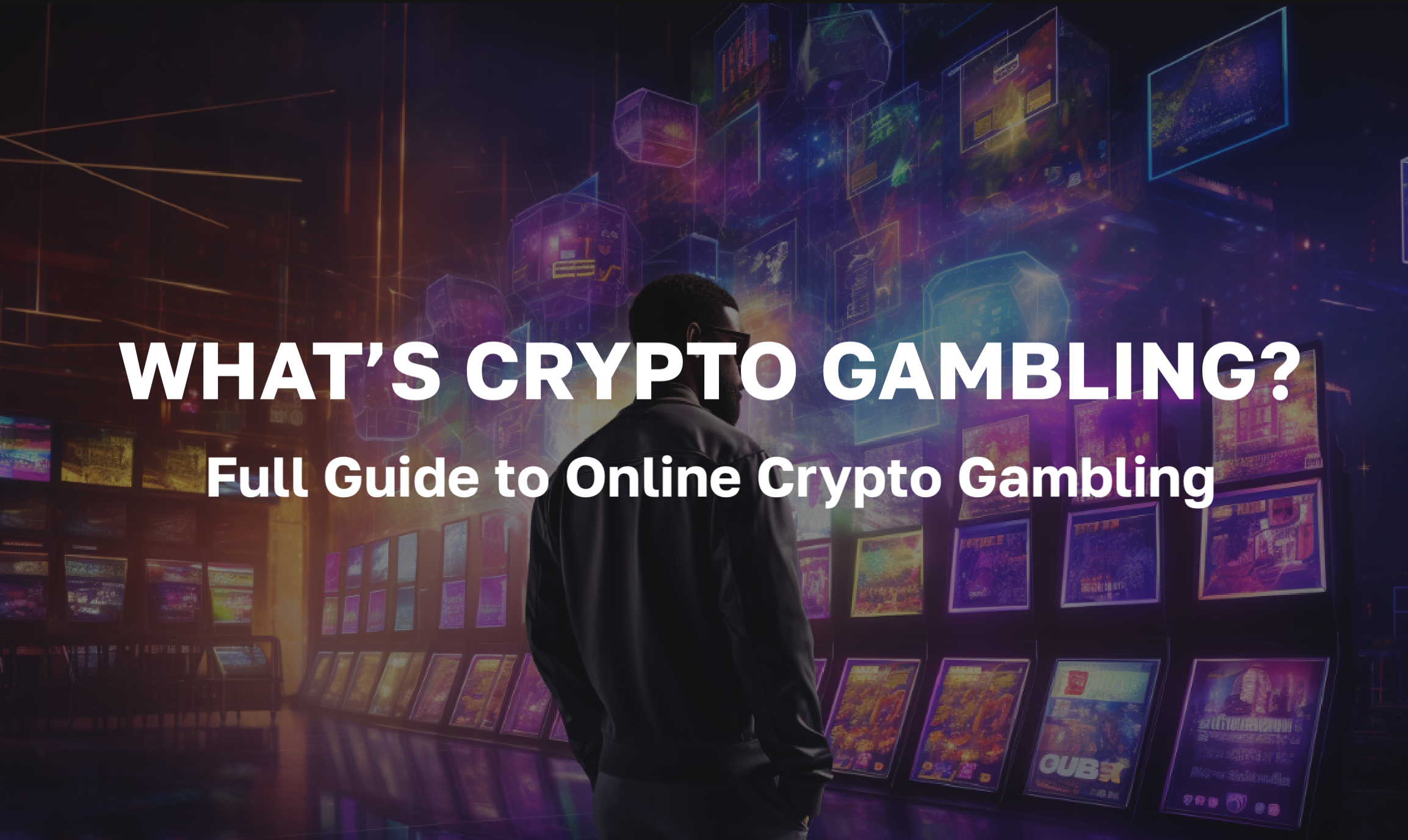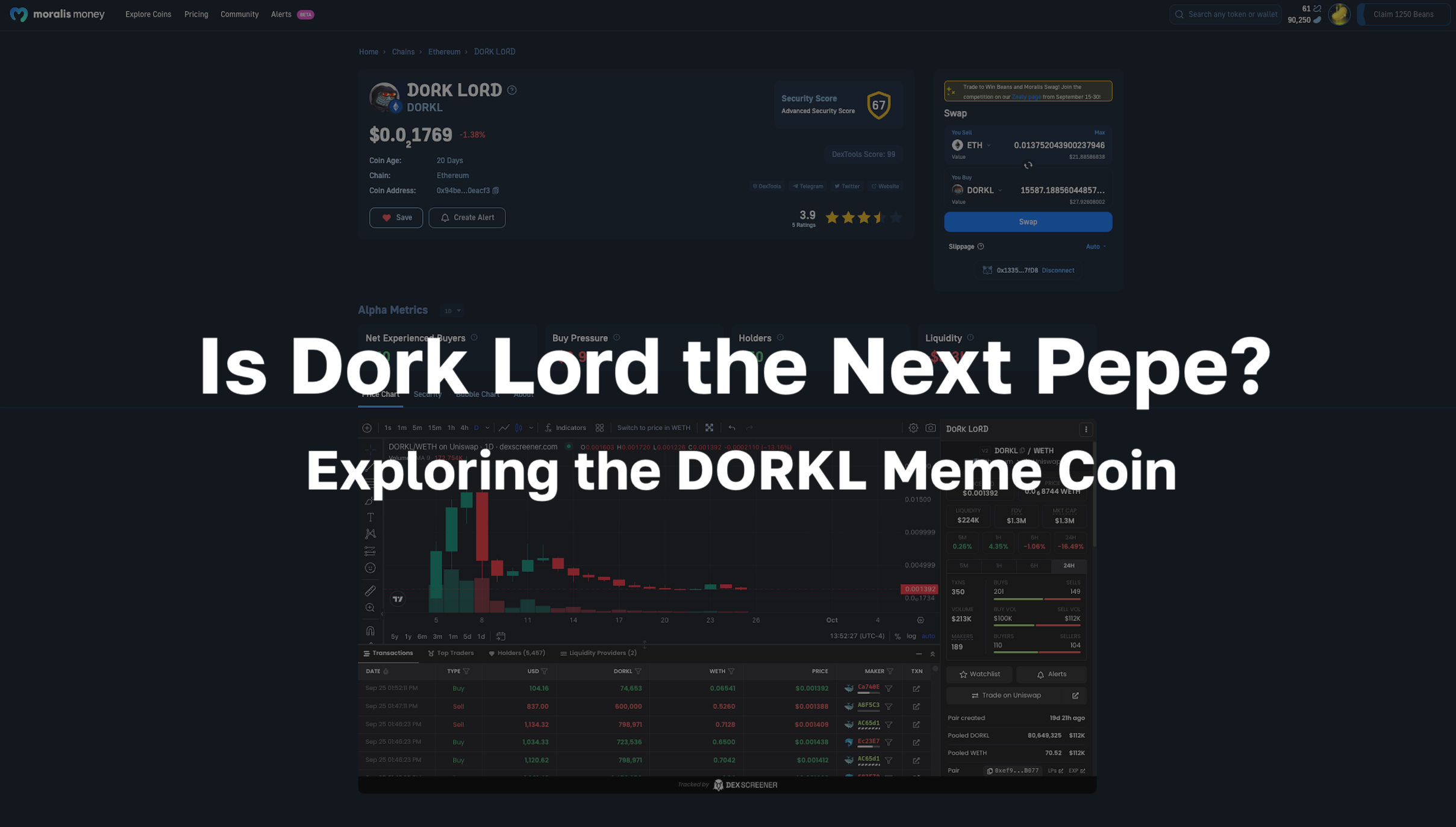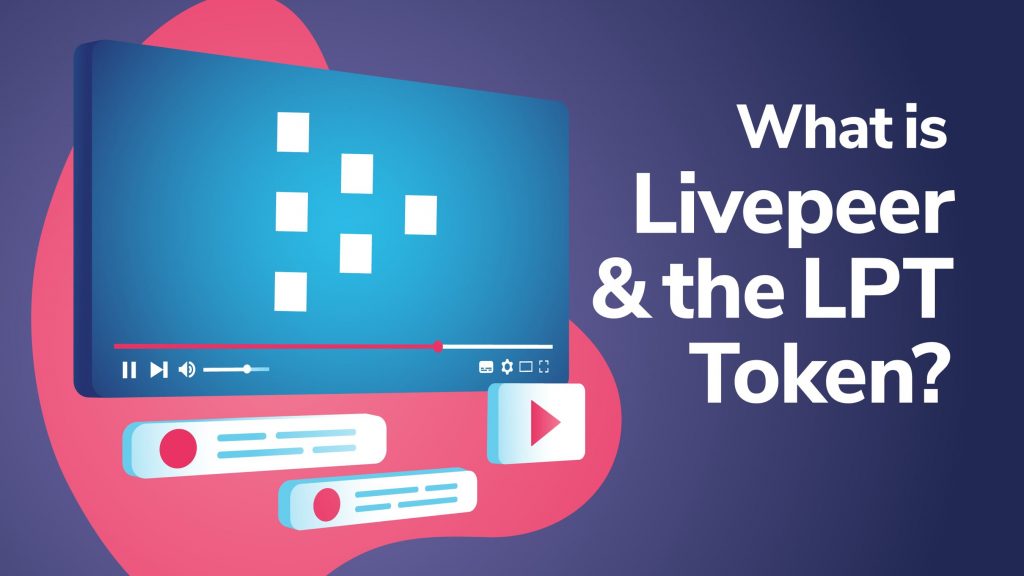
Livepeer is a peer-to-peer decentralized video streaming and distribution infrastructure created on Ethereum. The Livepeer network uses the native Livepeer token (LPT) to secure the network and incentivize honest behavior from its various participants. These include video miners, responsible for encoding videos prior to global streaming distribution. The Livepeer network uses a marketplace model to offer developers, network contributors, broadcasters, and consumers alike a cheaper and more efficient alternative to current centralized streaming solutions thanks to the LPT token.
As a completely open-source platform, anyone can access, use, or implement the Livepeer protocol into their own application. But, how does the Livepeer network operate? Also, how does staking Livepeer tokens allow holders to earn a passive income?
In this article, we’re going to dive deep into the Livepeer ecosystem. We’ll look at the project fundamentals and how each role in the network contributes to a seamless streaming operation. Moreover, we’ll discover the different use cases for the multi-utility native Livepeer token (LPT).
For our readers yet to invest in cryptocurrency, we strongly suggest checking out our Crypto for Beginners course at Ivan on Tech Academy. Here, we teach students how to safely create a centralized exchange account, buy and sell cryptocurrency, alongside securely storing investments in a hardware wallet. Moreover, if you’d like to learn how to use a decentralized exchange (DEX) then see our DeFi 101 course! This course shows students how to install and navigate the most-used Web3 wallet in existence, MetaMask. Moreover, you’ll learn how to use MetaMask with decentralized finance (DeFi) protocols such as Uniswap, Compound, and Aave! Join Ivan on Tech Academy today for a safe and secure way to get into crypto. Plus, we offer a 14-day money-back guarantee too!
What is Livepeer?
Livepeer is a decentralized video streaming protocol created on top of the largest smart contract-enabled blockchain, Ethereum. Video streaming alone takes up approximately 80% of the global internet bandwidth. Therefore, Livepeer is offering a distributed and cheaper alternative to centralized streaming services.
Maintained by Livepeer Inc. and basement.studios, Livepeer offers a peer-to-peer video distribution infrastructure that benefits all parties involved. Moreover, as an open-source protocol, Livepeer can be implemented by anyone into their own decentralized application (dApp). Also, the costs associated with traditional video streaming are reduced by up to 50x. This is largely down to the reduction in transcoding and broadcasting costs thanks to the network video miners.
Livepeer has developed a popular solution to mainstream centralized video distribution networks, capable of scaling with increased, whilst also bringing value to the Livepeer network and Livepeer token (LPT).
Livepeer Token (LPT)
The native Livepeer token (LPT) is a multi-utility ERC-20 token with all token transactions publicly transparent on Etherscan. The LPT token is the lynchpin of the Livepeer network, creating a smooth operation benefitting all parties involved in the process of decentralized video distribution.
LPT tokens are used to pay for Livepeer network broadcast fees. Also, LPT tokens are used to incentivize honest behavior from orchestrators and delegators (explained below). It is essential for network participants to already hold some LPT tokens. Further, Livepeer offers an opportunity for LPT token holders to earn a passive income with crypto, through staking LPT tokens and securing the Livepeer network.
The native LPT token is required to process the transcoding and distribution of video across the Livepeer network. The more LPT tokens an orchestrator has, the more active they can be within the Livepeer network, earning network fees as rewards.
How Does the Livepeer Network Operate?
There are several main roles within the Livepeer network: broadcasters, orchestrators, delegators, and video miners. Combined, these participants enable a self-sustainable and continuously expanding high-quality and secure video distribution network. So, how does this work?
Firstly, broadcasters are the active end-users of the Livepeer protocol. Broadcasters could be interacting with the protocol directly through the Livepeer network. Alternatively, they could be using Livepeer through interaction with a different decentralized application (dApp) that has implemented the Livepeer protocol.
When broadcasters open up the application and press ‘record’, broadcaster fees will be automatically sent to the Livepeer network. At this stage, Livepeer transcodes the video into all the necessary and relevant bitrates and formats to allow for various types of viewing consumption, carried out by video miners. This process is maintained and validated by the orchestrators and delegators in the Livepeer network.
Orchestrators
The main role responsible for validating the Livepeer network is known as an orchestrator. Anyone can become an orchestrator and contribute to the network. By doing so, users provide spare computational resources such as bandwidth and CPU. This then facilitates the transcoding and distribution of video streams requested by broadcasters.
In return, orchestrators earn a passive income with crypto receiving Livepeer network fees as rewards for contributing their computational resources. Fees are awarded to orchestrators in either ETH or a stablecoin such as DAI.
To become an orchestrator, users are required to download specialized software with a high level of technical knowledge required. For LPT token holders interested in participating in the Livepeer network but don’t have the necessary infrastructure, time, or expertise, they can opt to become a delegator.
Delegators
The second crucial role of the Livepeer network is the delegator role. Delegators are LPT token holders who would like to contribute to securing the network with minimal effort. This is achieved whilst earning a passive income at the same time!
Delegators can choose to stake their LPT tokens towards orchestrators in the Livepeer network which they feel are performing well. By locking up tokens favoring a particular orchestrator, delegators too can earn a percentage cut of the orchestrators’ fees. Upon completion of a lock-up period, delegators can choose to favor the same orchestrator again or choose a different orchestrator. At the time of writing, Livepeer states to have 2,741 delegators securing the Livepeer network.
Livepeer Rewards
To create a self-sustainable peer-to-peer protocol, Livepeer mints new Livepeer tokens (LPT) over a set prolonged period. Newly minted LPT tokens are then distributed to the orchestrators and delegators in the Livepeer network proportionately to their total stake. The concept aims to enhance the growth of active participants within the Livepeer network and shrink the participants failing to maintain active up-keep.
Rounds
The Livepeer network mints new LPT tokens every ‘round’. As the protocol is built on Ethereum, the measurement of each round is equivalent to 5,760 Ethereum blocks. Therefore, orchestrators receive their LPT token rewards approximately every 22.48 hours. Further, as the Ethereum block speed increases with the continued developments of Ethereum 2.0, as too will the rounds on the Livepeer network.
Inflation
The inflation rate is the term referring to the process of introducing newly minted Livepeer tokens (LPT) into circulation. Livepeer uses a novel fluctuating inflation algorithm to incentivize a balance of token liquidity and network security. In turn, the inflation rate adjusts automatically according to the network participation rate. The participation rate is the percentage of LPT tokens staked out of the total circulating supply. Livepeer believes a 50% participation rate is a healthy balance of security and liquidity.
If the participation rate falls below 50%, the inflation rate is adjusted to increase 0.00005% for each round that the participation rate remains lower than the target. Alternatively, if the participation rate rises above 50% then the inflation rate decreases 0.00005% for each round the participation rate is above the target level.
According to the Livepeer primer, the project has a current maximum supply of 23,766,957 Livepeer tokens (LPT). At the time of writing, Livepeer states to have 12,309,419 of those LPT tokens staked securing the network. This makes the current participation rate 51.79%. Thus, the inflation rate of the day’s round is 0.0176%. Consequently, a total of 4,182.98 freshly minted Livepeer tokens (LPT) will be rewarded to participants during the next round. However, this could potentially change with future governance proposals.
Why Use Livepeer for Video Distribution?
Livepeer is an easy-to-navigate, versatile and efficient video distribution platform. Moreover, the protocol benefits all participants of the Livepeer network. This includes developers, Livepeer token holders, broadcasters, and users as of the platform.
Whether you’re looking to create a decentralized application (dApp) including live video streaming, broadcast your own show, story, or video to a global audience without extortionate fees, or consume online decentralized media with solid network security and up-time, the Livepeer network has got you covered!
For Developers
Livepeer is an open-source protocol, available in 12 different programming languages with over 100 Github contributions. The code is tried and tested with fully decentralized access. Plus, developers can create decentralized applications (dApps) with significantly lower costs than competing platforms, with the flexibility of crypto payments for transcoding video data.
Furthermore, developers can create applications without the need for previous blockchain knowledge. This is achieved using Livepeer’s hosted service with easy-to-use application programming interfaces (APIs). Livepeer makes it affordable for developers to create user-generated content (UGC) platforms, capable of scaling to millions of user content creators. Moreover, Livepeer offers content moderation APIs for developers that can automatically detect and flag certain content (e.g. adult, violent, or copyrighted content). Creating your own decentralized video distribution platform with Livepeer could not be easier!
For any readers interested in becoming a blockchain developer, Ivan on Tech Academy can help you achieve this goal! If you have no programming experience at all, start with our JavaScript Programming for Blockchain Developers course. This course is perfect for beginners before moving on to blockchain programming languages. For developers with some experience, try out our Ethereum Smart Contract Programming 101 course to learn the basic elements of Solidity, Ethereum’s programming language. Then, you could move on to our Ethereum Smart Contract Programming 201 or Ethereum Game Programming courses to deploy your own decentralized applications (dApps)! Start your blockchain career today, at Ivan on Tech Academy!
For Video Miners
The process of receiving content from broadcasters, then transcoding the data to ensure it caters to numerous consumer hardware variables, is known as video mining. Video miners run nodes that mine transactions but can also complete video encoding tasks. Livepeer nodes can route specific encoding jobs to video miners leveraging the use of their graphics-processing unit (GPU).
One of the requirements for video miners is to have datacenter-based GPUs with video encoding chips. In turn, this means video miners can both complete video encoding jobs alongside mining transactions, as each action accesses different parts of the GPU. This reduces any loss in hash power with minimal opportunity cost.
Further requirements to become a video miner include access to affordable and reliable bandwidth. To run a blockchain aware Livepeer node continuously, it is ideal to have a good connection with a major internet service provider. For any readers interested in becoming a Livepeer video miner, see the Livepeer support matrix and community discussion board.
For LPT Token Holders
Livepeer (LPT) token holders can benefit by staking their LPT tokens. Doing so secures the Livepeer network and in turn, creates a passive income for Livepeer token holders receiving rewards through network fees and inflation. The Livepeer token is available on both custodial exchanges such as Binance and OKEx, in addition to non-custodial decentralized exchanges including Uniswap, 1inch Exchange, and Balancer. Livepeer also uses a slashing penalty of staked LPT tokens for any misbehaving participant violating the protocol rules.
Livepeer Network & LPT Token Summary
The Livepeer network is a decentralized peer-to-peer video distribution marketplace protocol created on Ethereum. The ERC-20-based Livepeer (LPT) token secures the Livepeer network and is used to incentivize positive behavior and network upkeep, alongside paying for network fees and rewarding participants in the network. Using a novel inflation algorithm, the Livepeer token is a deflationary asset, designed to be introduced over a prolonged period, encouraging longevity and self-sustainability of the Livepeer platform.
Livepeer offers an attractive alternative to centralized and often expensive streaming services. By combining a network of orchestrators and video miners providing computational resources to the network, broadcasters can showcase their live streams to a global audience, with the comfort of constant network upkeep and security. The Livepeer roadmap features exciting new additions throughout 2021 and beyond, including governance, layer-2 scaling, and cross-chain interoperability.
To discover how blockchain operates on a fundamental level, see the Blockchain & Bitcoin 101 course at Ivan on Tech Academy! We cover the basics of this cutting-edge technology in simple and easy-to-follow video tutorials. Then, our Ethereum 101 course is a great follow-on to discover the fundamentals of smart contracts, decentralized applications (dApps), and the Ethereum Virtual Machine (EVM). Discover the exciting world of blockchain technology, at Ivan on Tech Academy! Also, don’t forget to follow us on Twitter @Academy_IOT! We’d love to know your thoughts about Livepeer and the LPT token!
